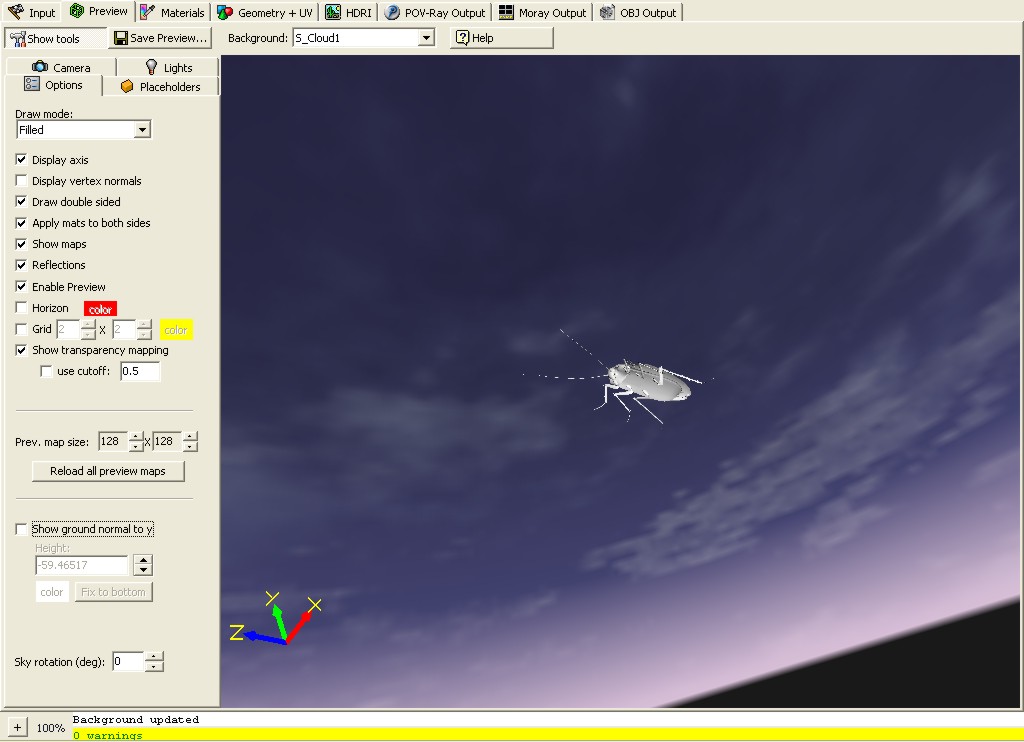

An enhanced Virtual Studio for 3D programs is proposed that covers a range of applications for virtual production. This contribution gives an overview of requirements and approaches for the generation of an object-based 3D description in various applications studied by the BBC R and D department. However, the requirements of shape accuracy, and the kind of representation, differ in accordance with the application. For the realization of more sophisticated optical interactions of the actors with the virtual environment, such as occlusions and shadows, an object-based 3D description of scenes is needed. The resulting shape description of the actors is 2D so far. The isolated silhouette can be integrated into a new synthetic virtual environment using a studio mixer. The pictures of the actors can be segmented very accurately in real time using chroma keying techniques. In a virtual studio a camera films one or more actors in a controlled environment. The applications range form analysis of sport scenes, 3DTV, up to the creation of fully immersive content. With the steady increase of 3D computing power in home PCs and the technical progress in 3D display technology, the content industry is looking for new kinds of program material, which makes use of 3D technology. Virtual production for broadcast is currently mainly used in the form of virtual studios, where the resulting media is a sequence of 2D images. Furthermore some preliminary results are presented. The paper depicts the basic design of the system and the measurement methods. The result from the 8 positions are merged together into a 3D point cloud and an adequate filter is applied to remove the noise and the redundancy in the overlapping regions. Their 3D coordinates are then computed by forward intersection, with a mean standard deviation of about 0.2 mm. For each triplet of images, a semi-automated matching process based on least squares matching determines a dense set of corresponding points. In order to perform multi-image matching, an artificial random texture is projected onto the object. Three fixed CCD cameras acquire triplets of images of the casting, which is turned in 8 positions. The elongated and thin cast is fixed in a 3D frame with 16 signalized small spheres used for calibration and orientation purposes. Then, a casting of the abdominal aorta and its main branches is prepared, removed from the body and measured with photogrammetric methods. MR-, CT- and DS-angiographies are first performed on a corpse.


The goal of this work is to provide a tool enabling a quantitative comparison of the three imaging techniques to an unbiased reference. Although these imaging systems have been already qualitatively compared, a quantitative assessment is still missing. Currently three different angiographic techniques are used to measure and visualize major blood vessels in the human body: magnetic resonance (MR), computer tomography (CT) and digital subtraction (DS) angiography.


 0 kommentar(er)
0 kommentar(er)
